Our long history with tomatoes
Native to the Andes, tomatoes started traveling the world in the 1600’s. Though enjoyed as a food by its fellow Mesoamericans, the tomato was used mostly as an ornamental in Europe for centuries.
Over the years, the crop has become a favorite food and can now be found in practically every grocery, restaurant, and market stall. Its long history with the peoples of the world has resulted in hundreds of tomato varieties, from the dependable Roma to the garden-friendly Early Girl, and dozens of heirloom varieties like the Cherokee Purple.
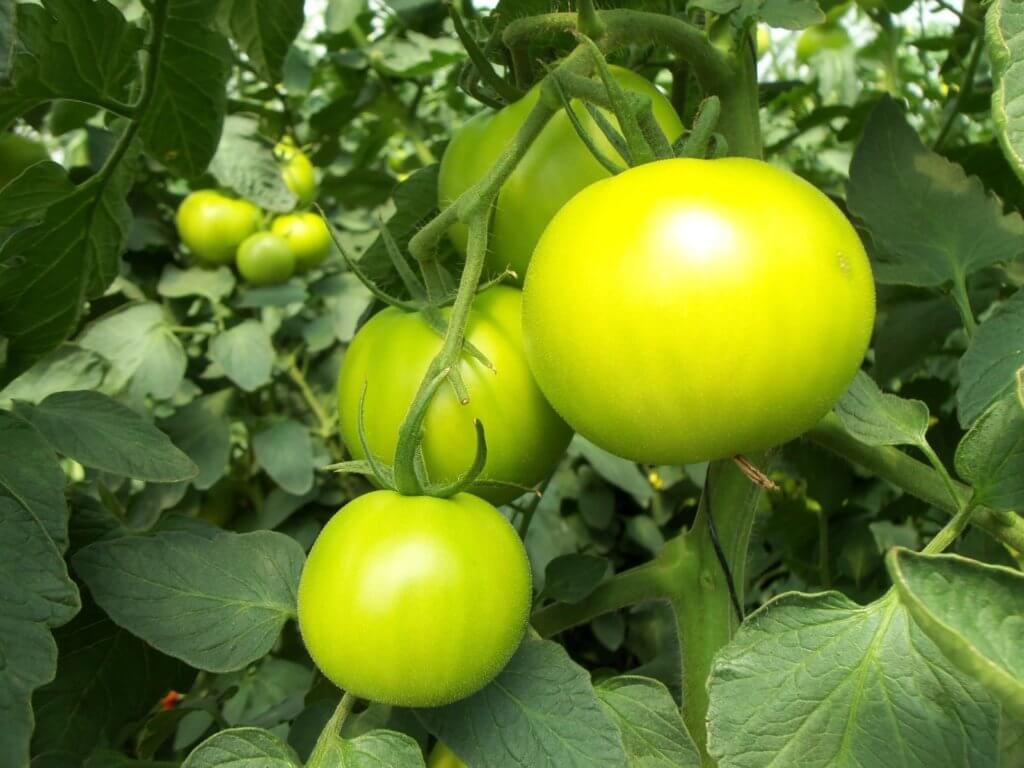
Tomatoes are a member of the Nightshade family, along with potatoes, peppers, and eggplants. The fleshy fruits come in a versatile array of yellows, browns, oranges, pinks, purples, reds, and greens. They range from sweet and tart to smokey flavored and have graced too many dishes to count. Their popularity makes them a favorite crop, especially in Bato bucket systems and greenhouse settings.
While tomatoes are incredibly common, any shopper can testify to the difficulty of finding a good-quality tomato. Local farmers, who can get the fruit to shoppers fast after it ripens to sweetness on the vine, have a distinct advantage over larger growers in this regard.
Variety and growing styles
Tomatoes typically grow in one of two patterns, depending on the variety. Bush varieties are especially common in heirlooms and can be more difficult to manage. Bush tomatoes tend to sprawl along a greenhouse floor, making trellising difficult to impossible. As a result, growers can have trouble reaching the fruit, pruning plants, and navigating the greenhouse.
Vining varieties are preferable to most growers since the plants can be pruned to a single “leader” and trellised neatly above the bucket using a lean-and-lower system. This makes plants more accessible and much faster to harvest and prune.
A typical Bato and tomato setup includes two plants per bucket, with buckets 24–36” apart. If grown as single plants (such as in a slab system), tomatoes can be pruned to two leaders per plant.
Ideal conditions
- EC: 2.0–5.0
- pH range: 5.5–6.5
- Temperature: 60–90º F (58–79 best)
Tomatoes, as a fruiting crop, are nutrient hogs. They like heat and will grow well in the same environment as crops like okra or basil.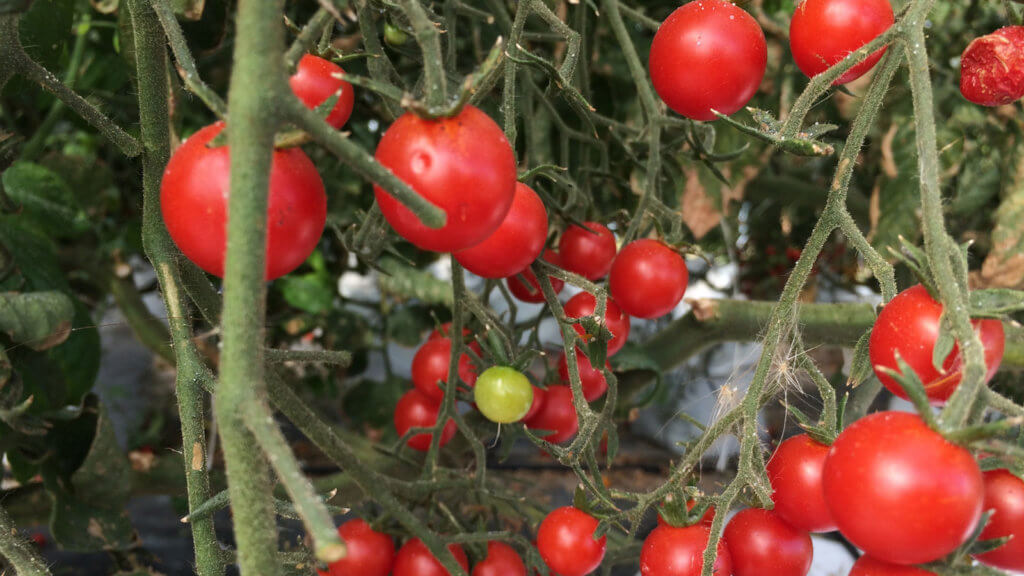
One downside of tomatoes is that they can be vulnerable to a wide range of diseases and pests, from the common aphid and spider mites to verticillium and fusarium wilt, and more specific pests like a mosaic virus. When purchasing tomatoes or seeds, look for the “VFN” label. This indicates resistance to verticillium, fusarium, and nematodes.
Tomatoes need cooling to extend shelf life, but shouldn’t be refrigerated in typical fridge temperatures (40–55 ºF). Advise your customers to store tomatoes outside the fridge, in a cool cupboard or on the counter. Some growers use a DIY walk-in cooler like this one, which is cooled by a low power A/C unit.
Tomato life cycles & seasonality
Tomato life cycles vary based on the variety, but many greenhouse growers run their tomato system for 8-11 months of the year. For instance, Colorado Fresh Farms, a farm in Fort Collins, Colorado, starts seeds in March and sets up the tomato system in high tunnel greenhouses in April. The tomato system runs until November, production peaking in the summer months before tapering off. (Learn more about the Colorado Fresh Farms system here.)

A typical tomato life cycle may take 5–10 days to germinate, 4–6 weeks after that to reach transplanting size (about 8 inches), and anywhere from 1–2 months to start setting fruit.
Troubleshooting and deficiencies
Because tomatoes are such a commonly grown crop, there is an abundance of data on troubleshooting and deficiencies. Common deficiencies for tomato plants are phosphorus (which shows up as stunted/slow growth and necrotic spots) and magnesium (which appears as interveinal chlorosis then necrosis around the edges of the leaf and puckering of leaf surfaces).
Choosing crops?
To choose a crop set, you need several crops with overlapping pH, EC, and temperature preferences. You can get all of this information in the Recommended Crop List, a list of crops great for hydroponic operations. Or visit our Hydroponic & Aquaponic Crops course for the most detailed experience possible.

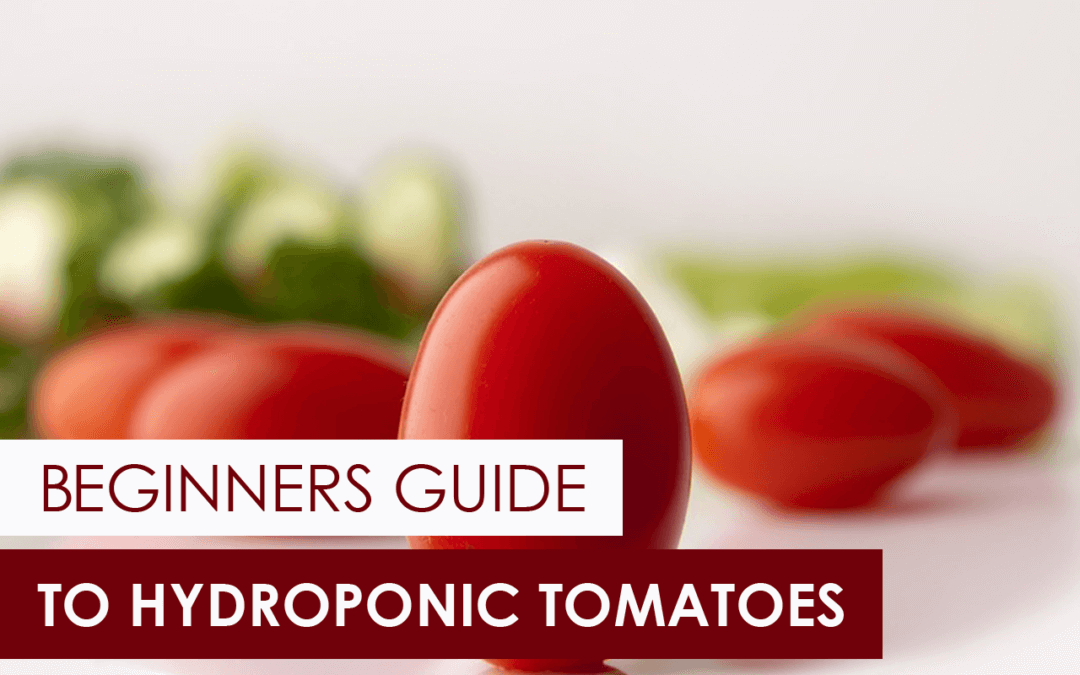
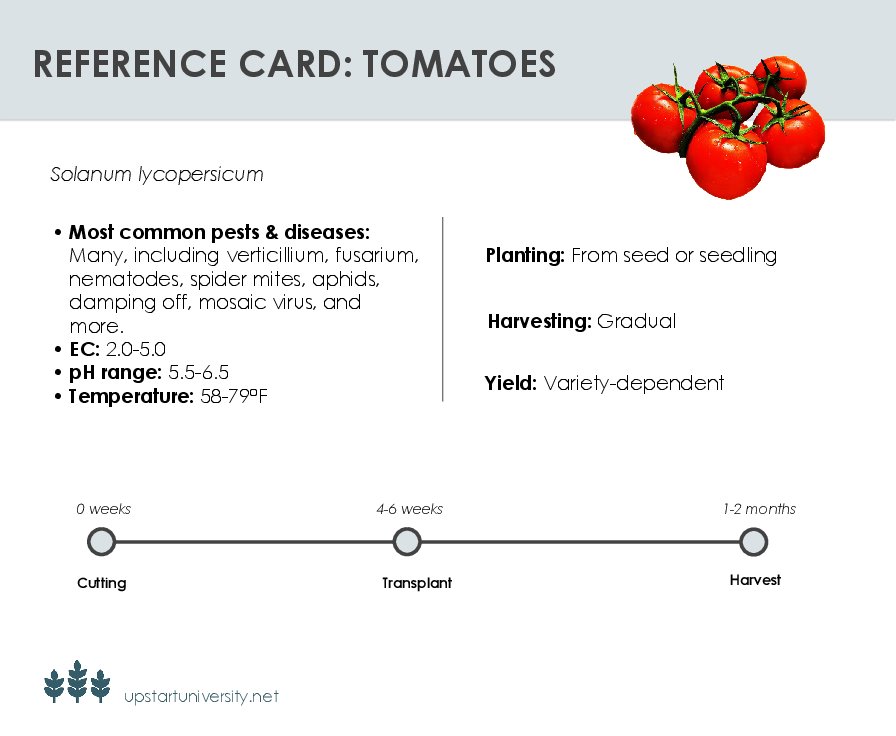
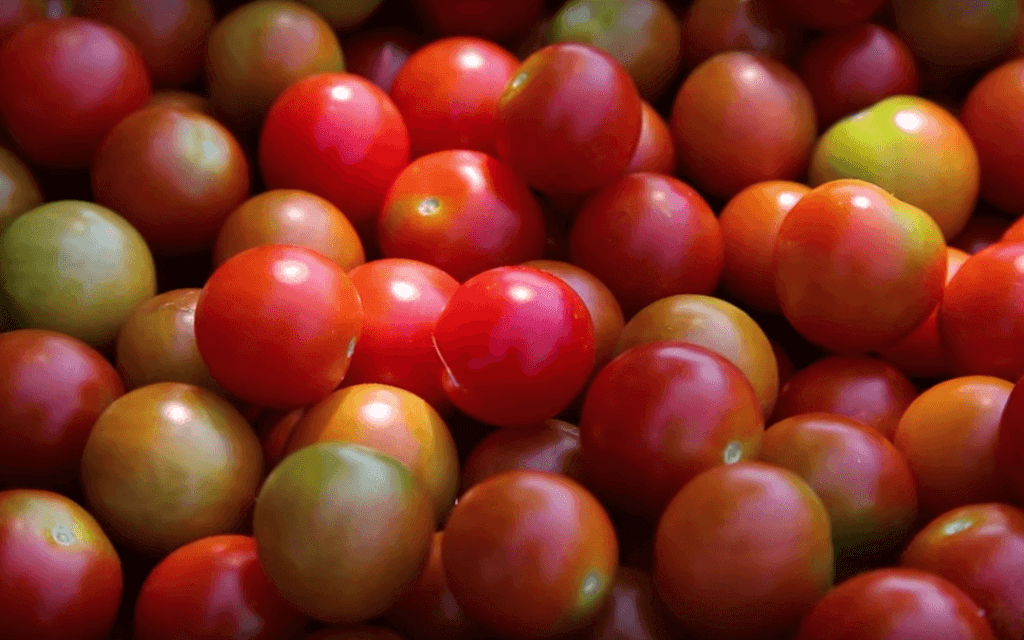

Why can’t I get the Guide Choose your Crops? When I click on it nothing happens.
Hey Rob, sorry about that broken link and delay! Here’s the correct one: https://university.upstartfarmers.com/product/recommended-crops-list-best-crops-hydroponics. It’s also fixed in the post.
Hi,
When I click on a course that I’m interested in trying to get more info all I get is page cannot be found?
Hey Robert, are you an Upstart U student? If you’re having trouble accessing a course, feel free to email halle@brightagrotech.com and we’ll make sure that’s fixed!
Hii, I am new to greenhouse based farming. We have four seasons and winter starts around November, peaks in January and subsides around February. I personally am interested in having tomato fruit ripened in the middle of winter, as we do have a way of regulating the temperature around 20-25 degree Celsius inside the greenhouse in the middle of winter. I was looking for suggestions as to when should I start the seed germination and transplantation into the hydroponic/soil based systems.
Would be wonderful to have more inputs from you on my plan.
Hi there—
This ebook will give you some good guidelines regarding crop timelines in addition to a ton of other great information.
Can you grow Tomatoes under grow lights inside your house or grow room?
Hi Michael,
Tomatoes need a lot of light, so if they’re grown indoors you’ll end up having to install and run a lot of lighting.
If this is the beginner’s guide I must be looking for the idiots guide.
Hi Mike! We may be able to help you there! Are you interested in tomatoes in particular, or hydroponic fruiting crops in general?
Am interested in learning how to grow tomato in hydroponics. Thank you
How many tomatoes does one plant produce and how often before
It dies or becomes nonproductive.
Hi there,
That will depend on many factors of your farm; the environment, the nutrient solution, even the system type can all affect how productive or healthy your plants are.
Hi! I am trying to build my own hydroponic system in my school. I wanted to start tomatoes but I don’t have any idea on what to do. Do you have any suggestions?
Hello there! I am interested in growing pumpkin hydroponically and I also want to know how fast can a pumpkin grow from germination to full vegetative
Have no problems growing tomatoes hydroponically but they are tasteless and quite watery .
What are the recommended DLI levels for tomatoes?
If I am able to control temps and light hours in a really well set up greenhouse, can I change the fruiting season to cover winter (Sept-March), when tomatoes are at a premium? Thank you! Go Pokes.